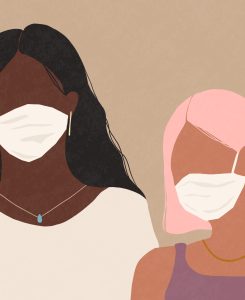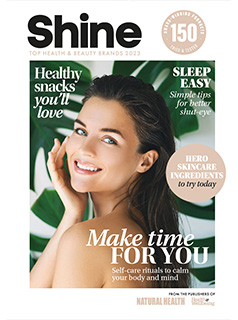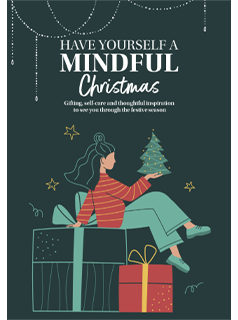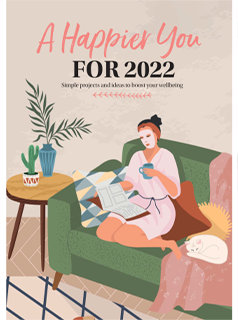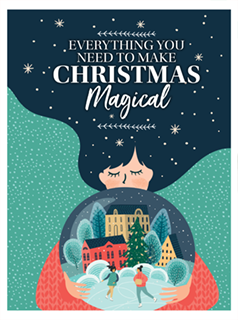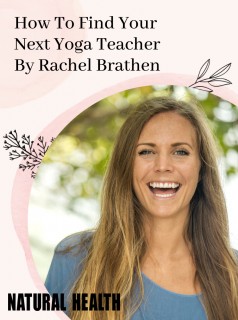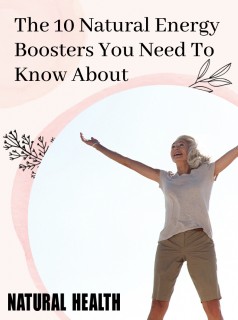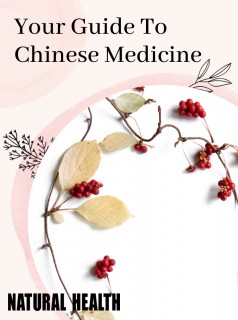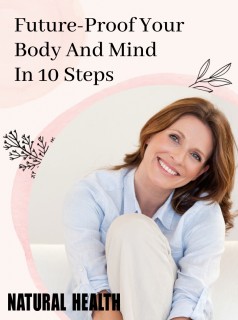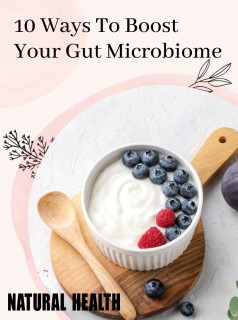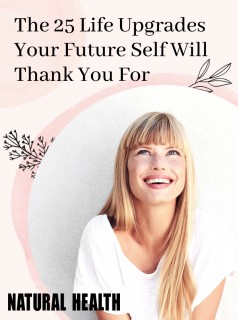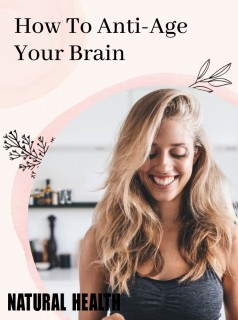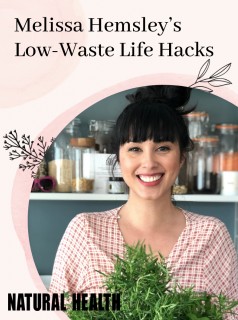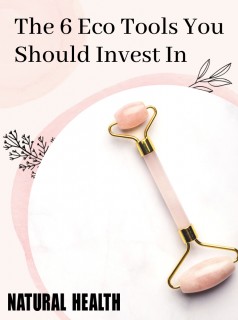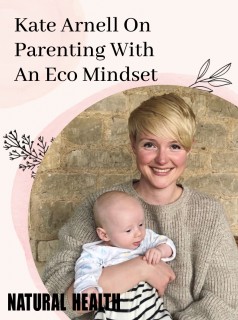Want to look and feel fitter and younger? Here’s how to use exercise to turn on your human growth hormone says Jayney Goddard
To get a proper perspective on the relationship between hormones and ageing, we need to talk about what is called the human growth hormone (HGH). This is considered to be ‘the youth hormone’, as it is produced in higher levels when we are growing, and then starts to drop precipitously at around the age 20. When we reach our 30s and beyond, our levels of HGH continue to peter out, which triggers a phenomenon called ‘somatopause’, which is part of what drives the ageing process.
At this stage many of us start putting on body fat – especially abdominal fat – and losing muscle; we feel tired and lethargic, and the dreaded ‘middle-age spread’ sets in, which makes it more important than ever to keep (or start) exercising as we get older.
High levels of HGH are associated with better health overall, and researchers say that it supports better body composition because it facilitates a greater muscle-to-fat ratio, and it is also associated with emotional factors such as feeling more positive and motivated which is a great wellbeing bonus.
Interestingly, all forms of exercise and movement in themselves contribute to the optimisation of the production of HGH. And the longer you can keep your body producing higher levels of HGH, the longer you will experience robust health and strength – both physically and mentally. So finding a form of exercise that you love and are happy to do regularly really is vital to boosting your healthspan.
If you are doing everything right to rewind your body clock – eating the right foods, working on your stress-response management, and meditating – but you don’t exercise, it could be compared to ‘one-hand clapping’. That is to say, it’s not a waste of time, just not entirely fruitful! All researchers agree that, by exercising, you can limit bone and muscle loss as you age. However, there are so many types of exercise to choose from that it can feel difficult to know what will be best for you. So let’s look at the key benefits of a range of some of the most popular and beneficial anti-ageing forms of exercise to help you get started.
Choosing the best exercise
The following are all types of exercise proven to increase production of the human growth hormone and therefore to help rewind our biological clock. Obviously this is by no means a comprehensive list of the types of exercise that you might want to try, but hopefully you will find it a useful starting point for your rewind explorations.
Vigorous exercise: increasingly, research is looking at the amazing biological agereversal effects of high intensity interval training (HIIT), in which you intersperse intense exercise with moderate exercise within one short training session. HIIT is a really excellent way of increasing HGH – but only if you avoid carbohydrates for two hours after the session (as soon as you take carbs into your body, the HGH ‘tap’ is turned off).
Research published in the journal Preventative Medicine revealed that in a study of 5,825 adults in the USA between 1999 and 2002 (known as the National Health and Nutrition Examination Survey), those who exercised regularly were markedly younger on a cellular level than those who led sedentary or even reasonably active lifestyles. Participants were asked demographic and lifestyle questions, including how often they exercised, and the researchers also analysed the participants’ telomere length against their levels of physical activity. They discovered that people with a high level of physical activity were, biologically, nine years younger than sedentary people.
The intensity of exercise is relevant too. When researchers compared vigorous exercisers with those who did a moderate amount of exercise, the difference for the highly active people was seven years; in this study, a high level of physical activity was deemed to be running between 30-40 minutes per day, at least five days per week.
We don’t know exactly why exercise seems to preserve telomere length, but the current scientific thinking is that it could be linked to a reduction of inflammation and oxidative stress, as exercise suppresses both of these over time.
Moderate exercise: HIIT is hard – and pretty advanced – but fear not. If you don’t fancy doing HIIT sessions, a very recent meta-analysis of studies in exercise reveals that just 30 minutes of moderate exercise can help to prevent 24 chronic diseases. So, happily, vigorous exercise isn’t the only way to reverse your biological age. For example, I encourage my patients to walk at a moderate pace for at least 20-30 minutes four times per week, or more often if they can. This is an outstanding strategy for burning off excess body fat (particularly visceral fat) and dramatically improving muscle-to-fat ratio. I have seen beer bellies on both men and women (usually related to poor diet, stress, lack of sleep and little exercise, rather than beer by the way!), disappear within weeks.
Tai chi: originally a Chinese martial art, tai chi has been recognised for hundreds of years for its health-promoting advantages, and its anti-ageing benefits in particular. Over the years, hundreds, if not thousands, of studies have shown that this low-impact form of exercise – the aim of which is to enhance the flow of energy (known as chi) around the body – can help improve quality of life and support the management of symptoms for those suffering from conditions ranging from insomnia, arthritis, osteoporosis and high blood pressure to breast cancer, cardiovascular disease, Parkinson’s, Alzheimer’s and much more. Tai chi addresses all the multifaceted constituents of fitness: muscle strength, flexibility, balance and aerobic conditioning.
Extracted from Jayney’s new book Rewind Your Body Clock , (£14.99, Watkins Publishing), which offers the ultimate blueprint for anti-ageing the natural way.
Article by
Jayney Goddard
President of the Complementary Medical Association
is the president of the Complementary Medical Association
Discover more
Article by
Jayney Goddard
President of the Complementary Medical Association
is the president of the Complementary Medical Association
Discover more


 By Jayney Goddard
By Jayney Goddard 
